











After I finished the weaving portion of the shawl, I tied on a nice thick fringe to give the piece some extra pizazz, and to hide the places where I tied on new colors. Here's the finished shawl, ready to come off of the loom:

Welcome to the crafty side of my life. Here I'll be musing about projects I'm working on, and the creative process around them. Oh, and there will be occasional bouts of cooking, photography, and poetry, too.













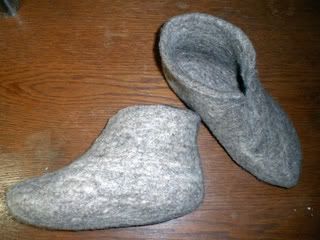
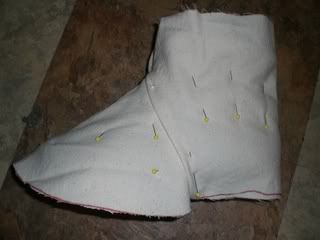
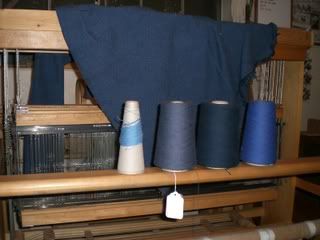
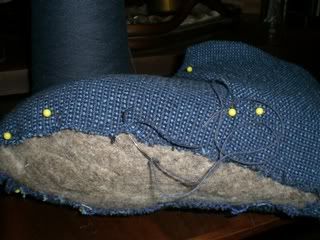
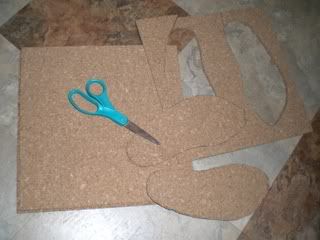
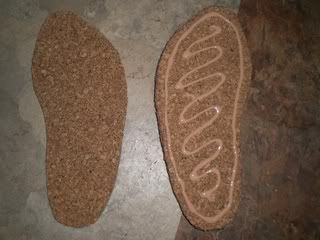
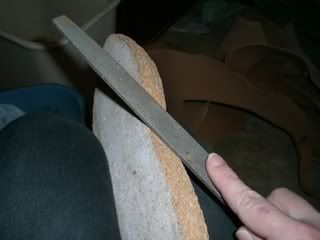
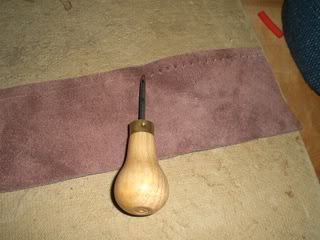
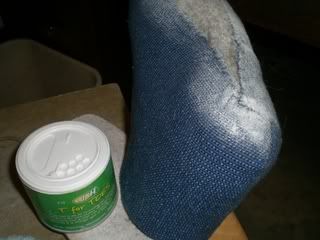
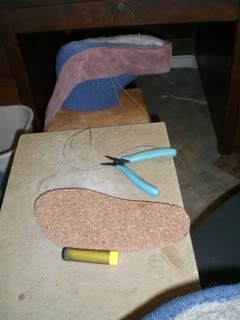
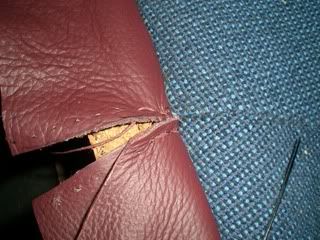
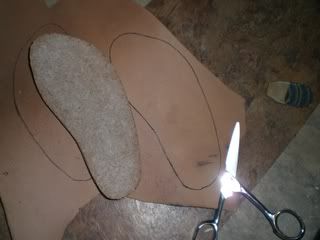

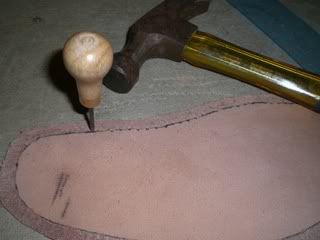
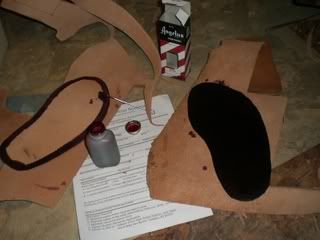
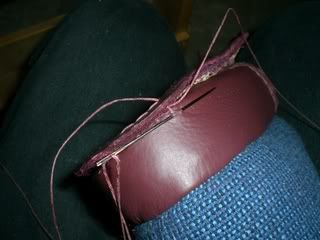



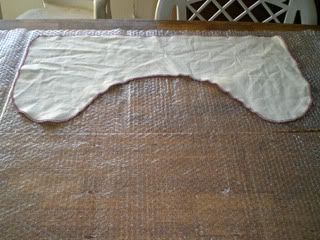
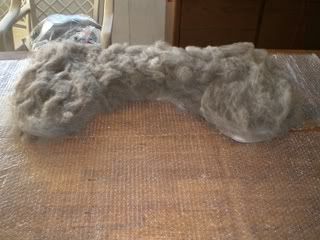
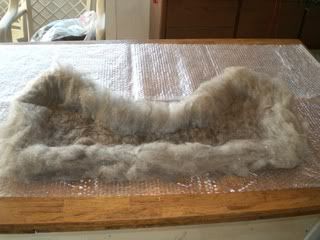
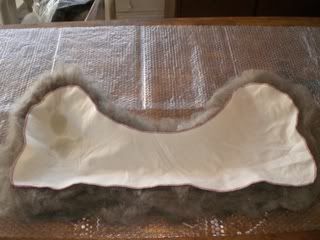
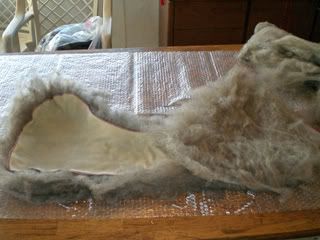
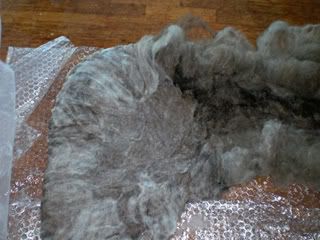


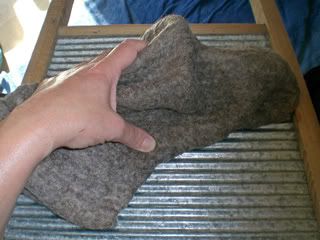
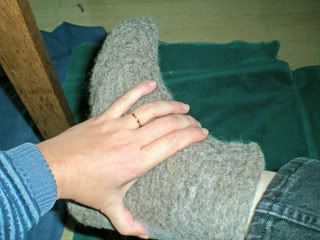
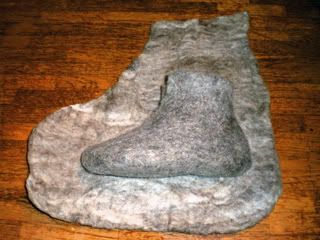 Continued here: http://tangibledaydreams.blogspot.com/2010/10/tutorial-felt-slippers-into-1400s.html
Continued here: http://tangibledaydreams.blogspot.com/2010/10/tutorial-felt-slippers-into-1400s.html

 First, brush your hair back into a pony tail at the base of your head.
First, brush your hair back into a pony tail at the base of your head. Michelle is right handed, so she pulled the hair off to the right and started twisting it counterclockwise.
Michelle is right handed, so she pulled the hair off to the right and started twisting it counterclockwise. Keep twisting and bring the ponytail up to the top of the back of your head. This should create that neat twist look.
Keep twisting and bring the ponytail up to the top of the back of your head. This should create that neat twist look. Keep twisting the pony tail into a rope, and then fold it down .
Keep twisting the pony tail into a rope, and then fold it down . Tuck the folded over ponytail into the pocket created under the twist.
Tuck the folded over ponytail into the pocket created under the twist. That first part takes some practice. It should look like this.
That first part takes some practice. It should look like this. To secure the twist with the hair sticks, grab a stick and poke it through a batch of the hair at the top edge of the twist, facing away from your holding hand.
To secure the twist with the hair sticks, grab a stick and poke it through a batch of the hair at the top edge of the twist, facing away from your holding hand. Let it poke through an inch or so until the tip bumps your scalp.
Let it poke through an inch or so until the tip bumps your scalp. Flip the hair stick around until it is facing the other direction, scraping the tip gently against your scalp while you so.
Flip the hair stick around until it is facing the other direction, scraping the tip gently against your scalp while you so. Push the hair stick through the twist.
Push the hair stick through the twist. This will hold more securely with two hair sticks. Insert the second one a bit further down, just like you did with the first one.
This will hold more securely with two hair sticks. Insert the second one a bit further down, just like you did with the first one. Again, flip the stick around, gently scraping it against your scalp. Push it through the twist.
Again, flip the stick around, gently scraping it against your scalp. Push it through the twist.